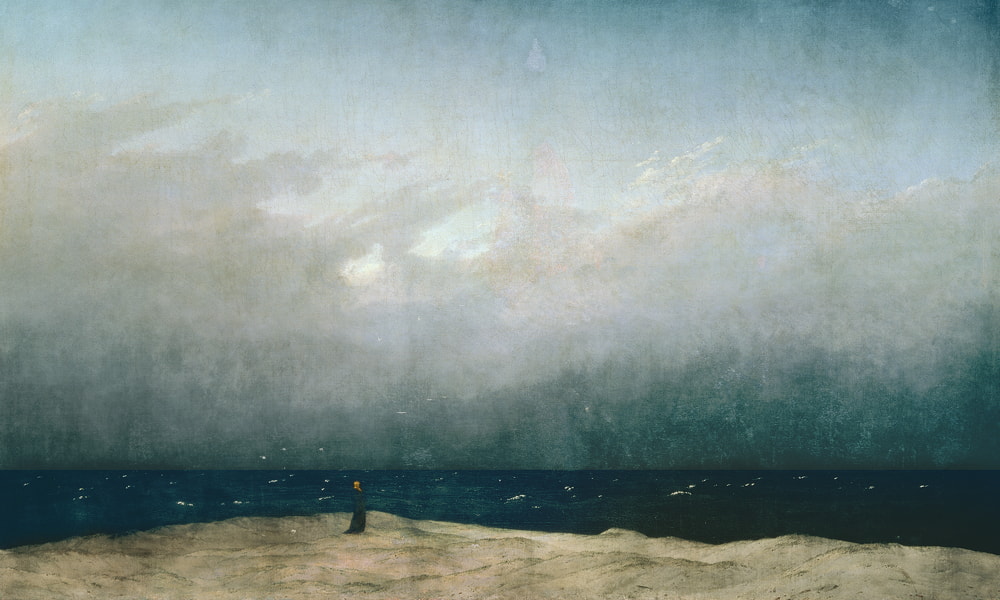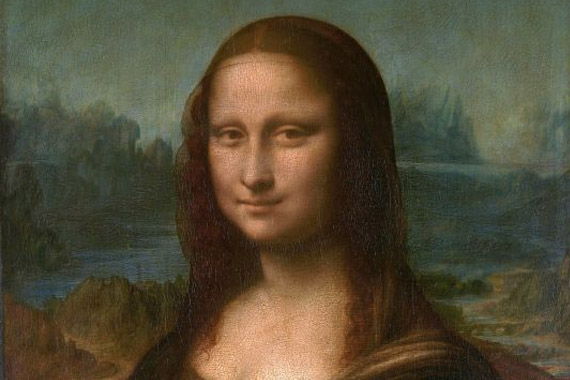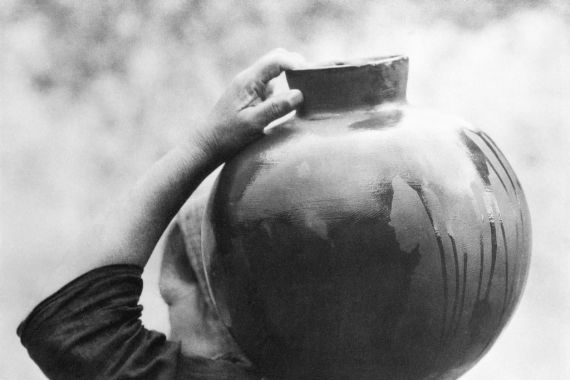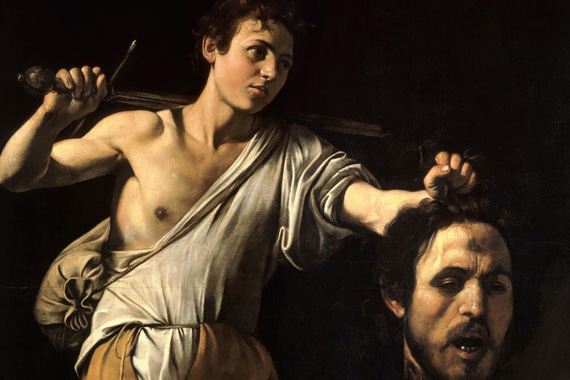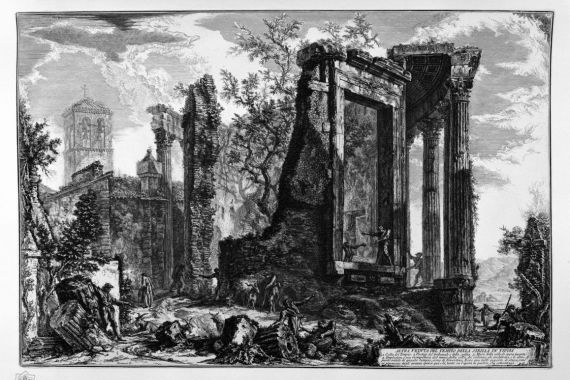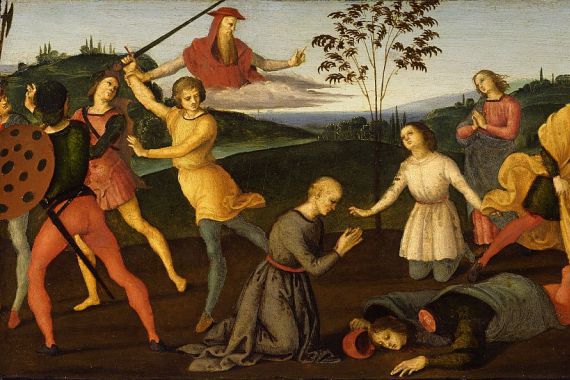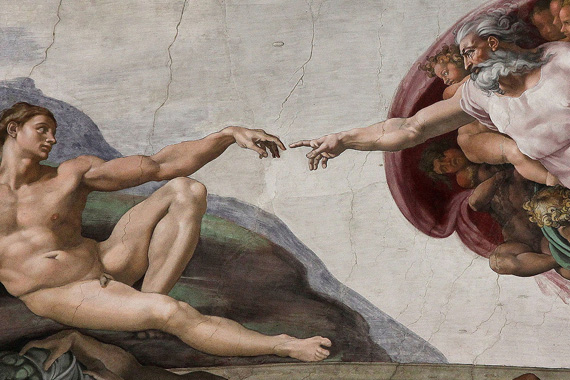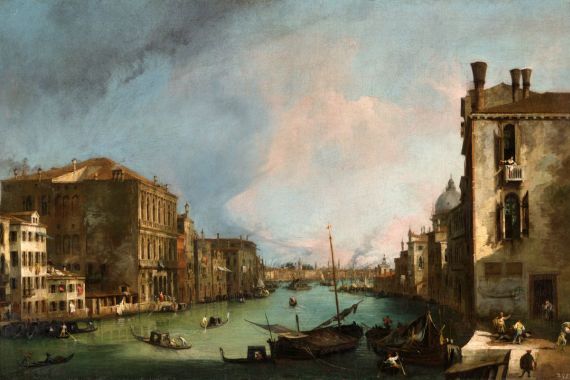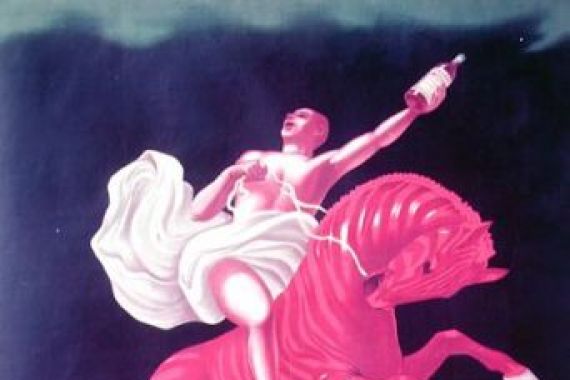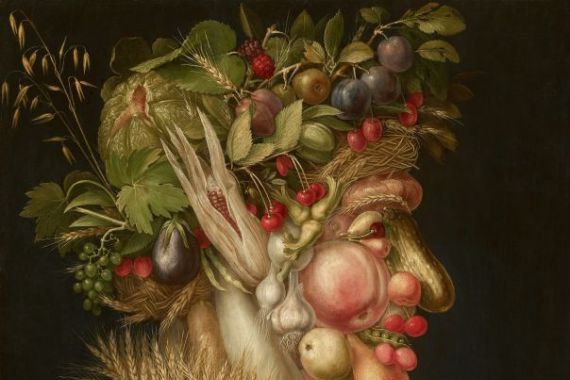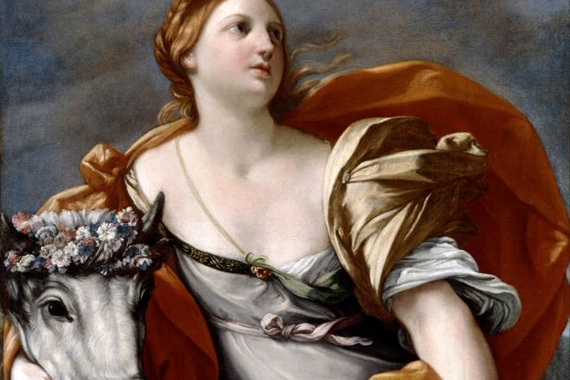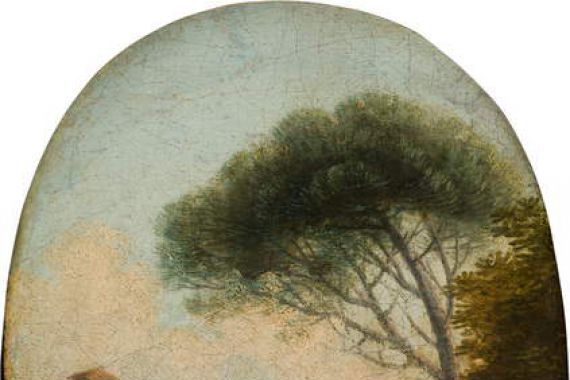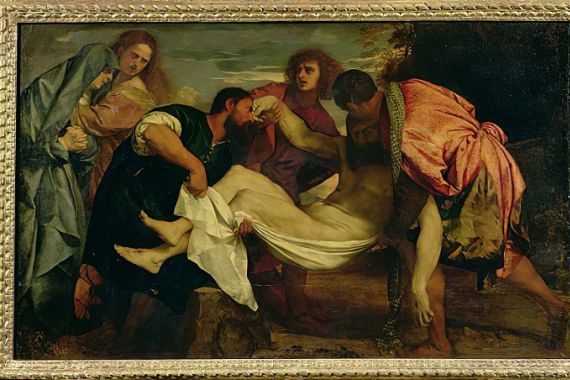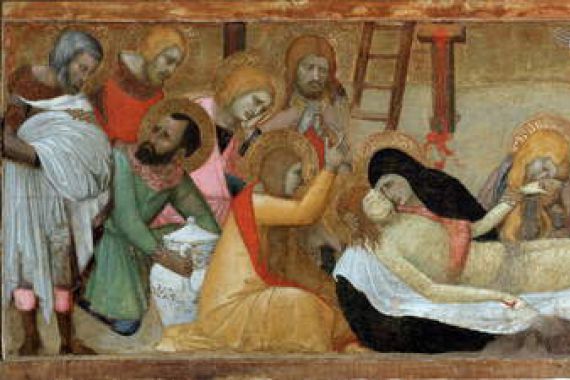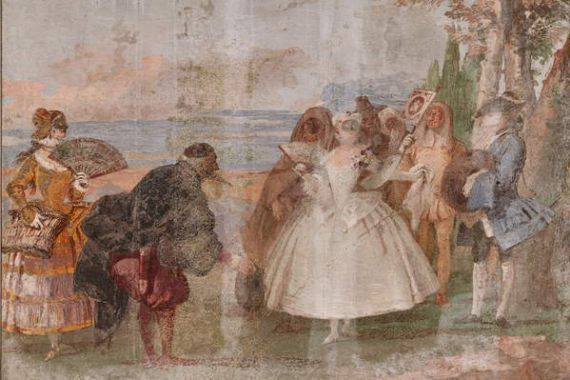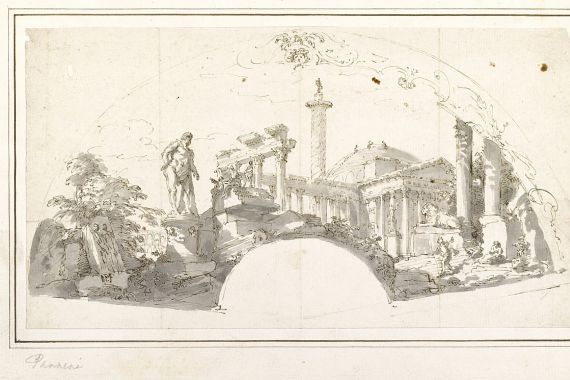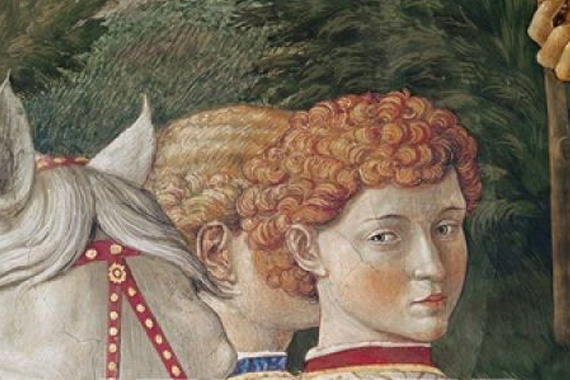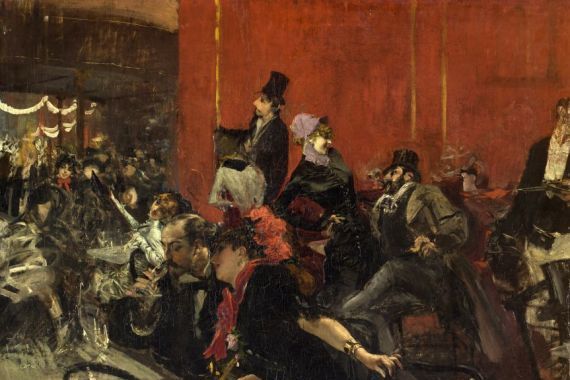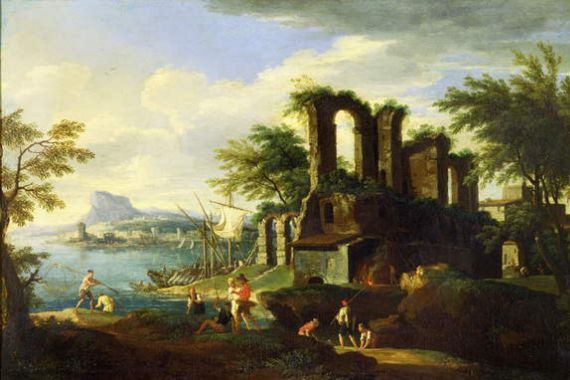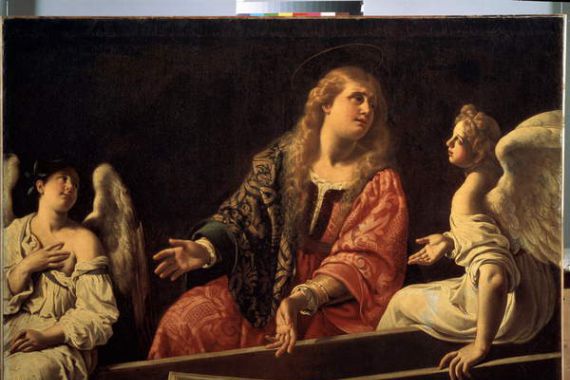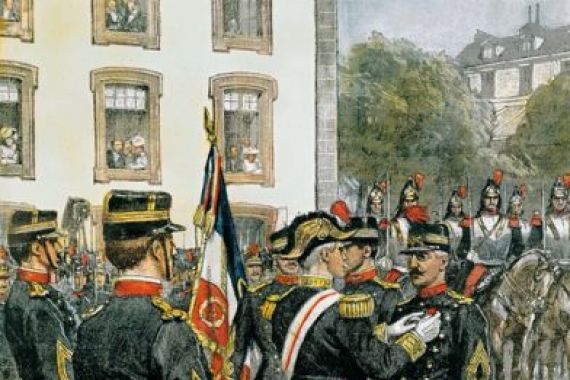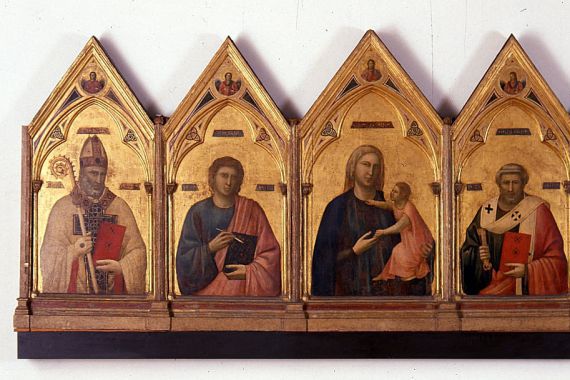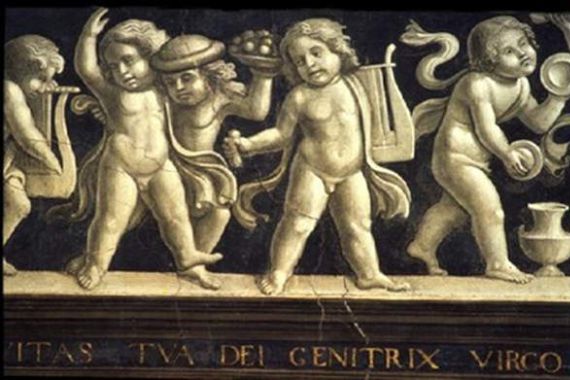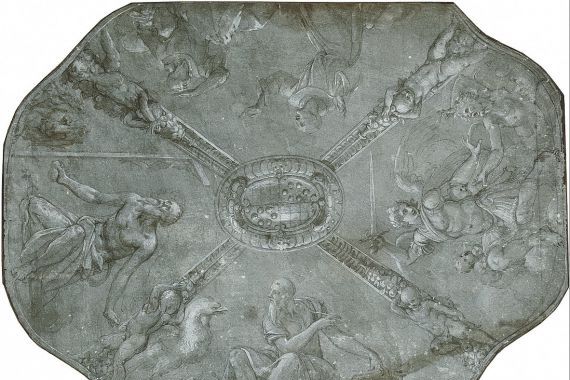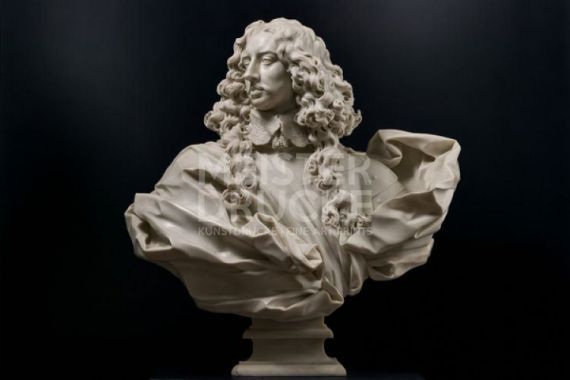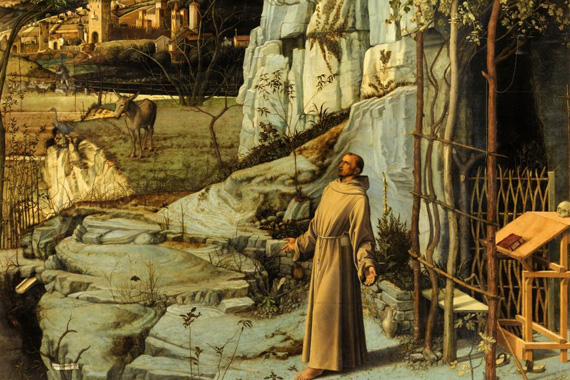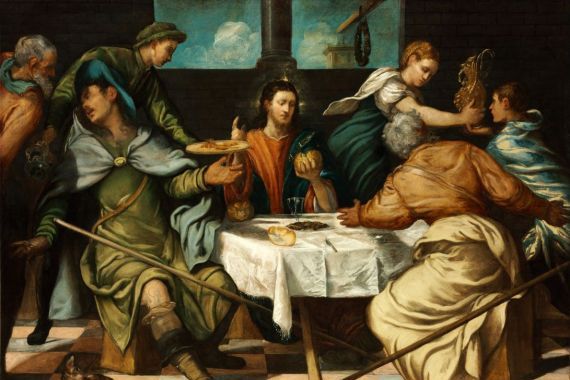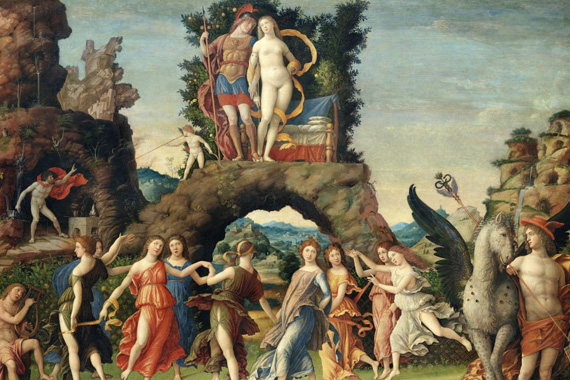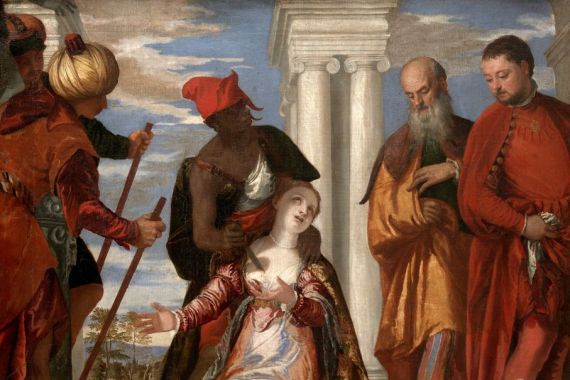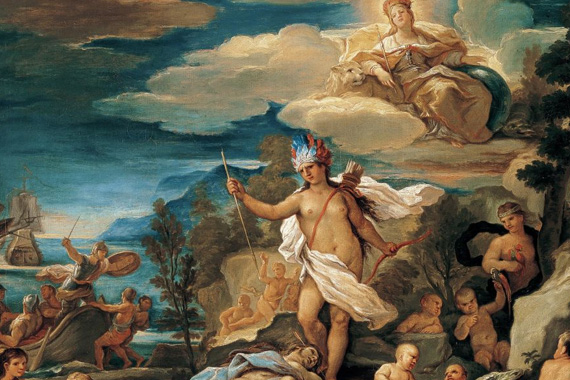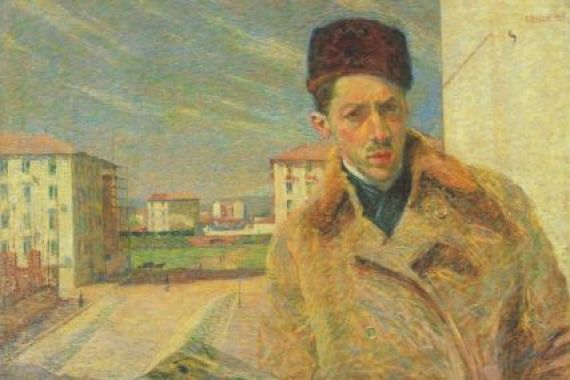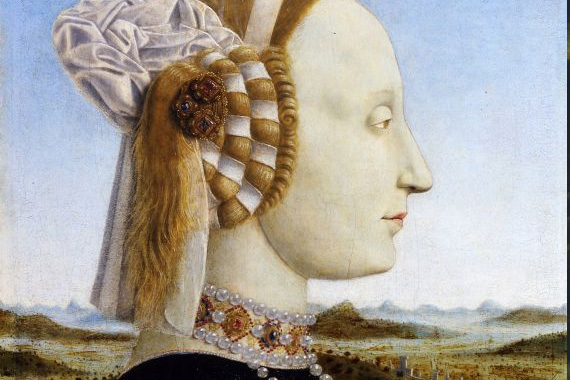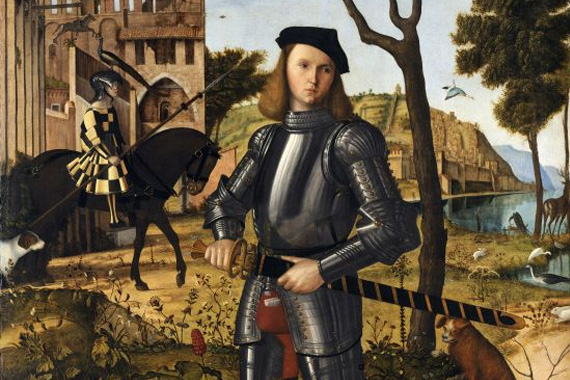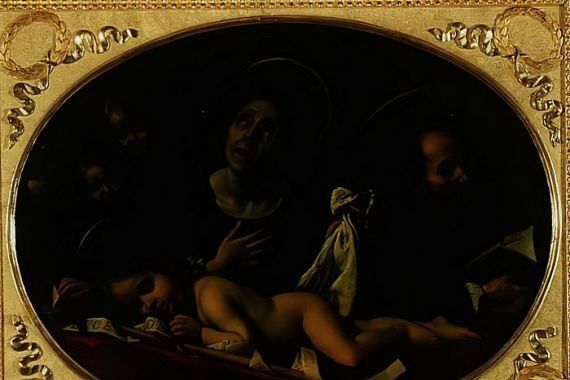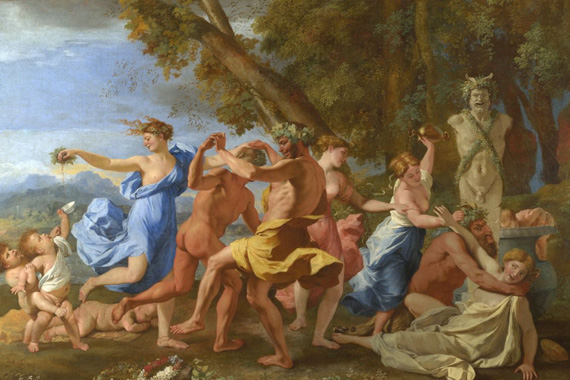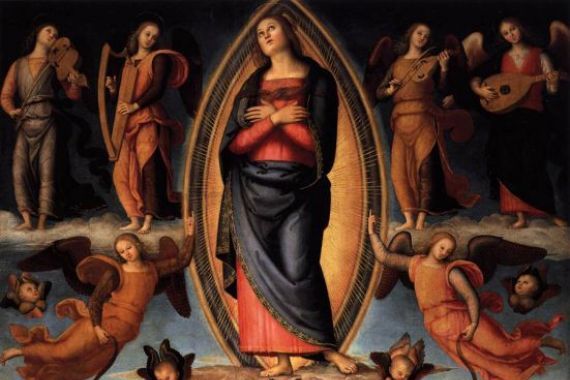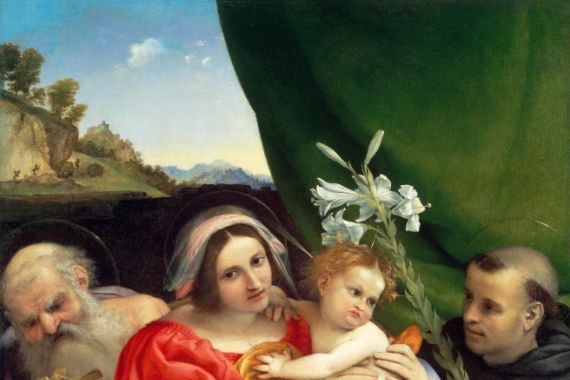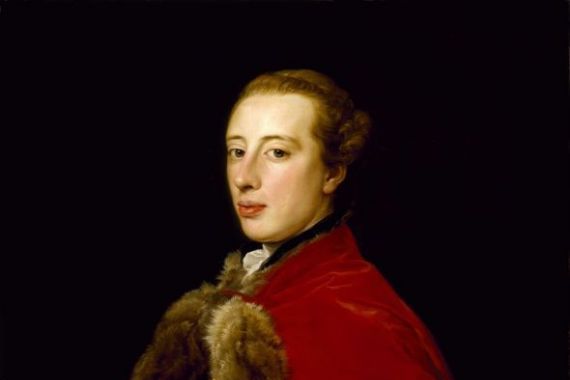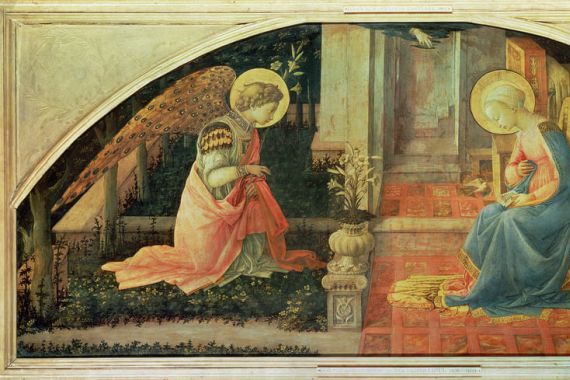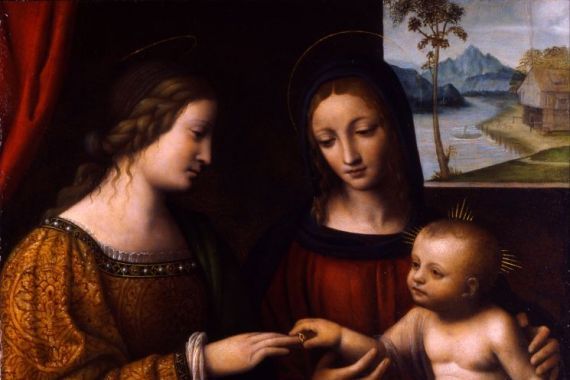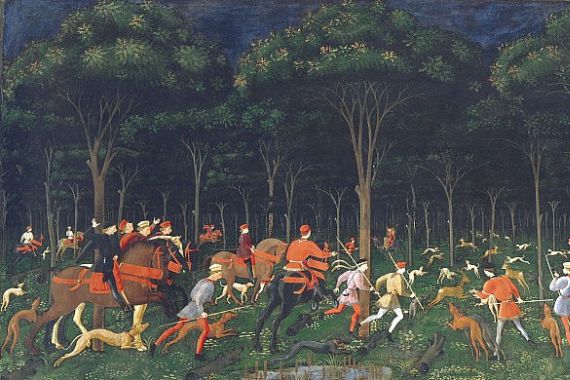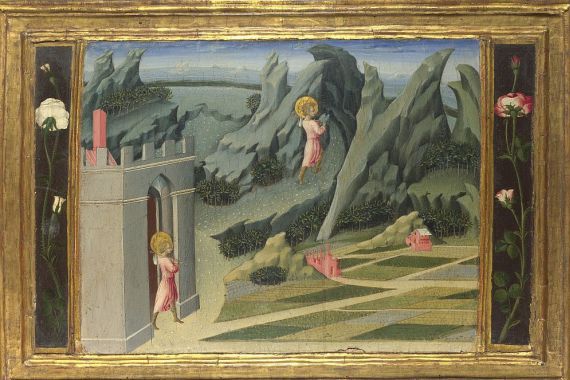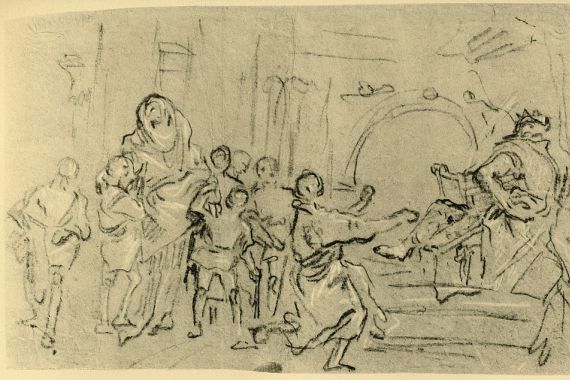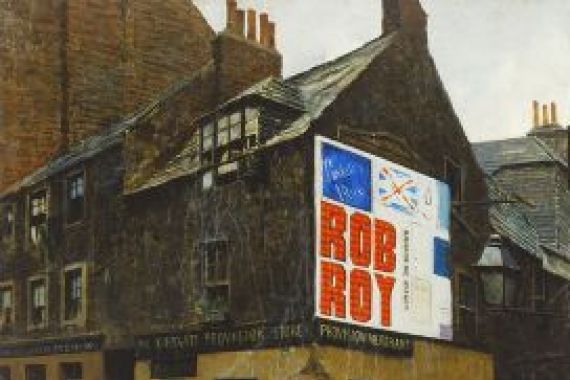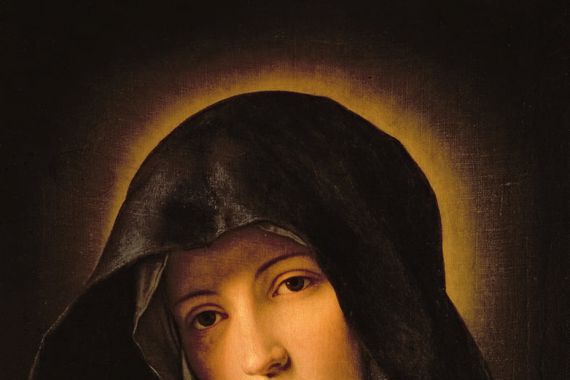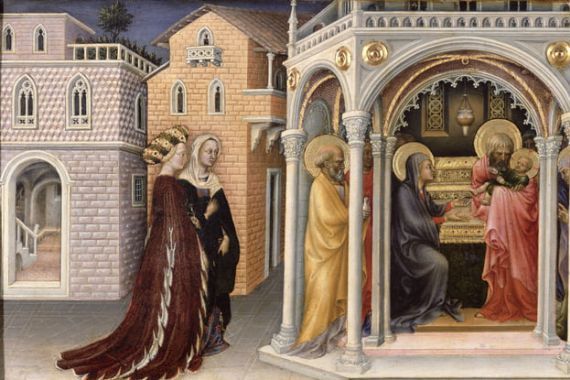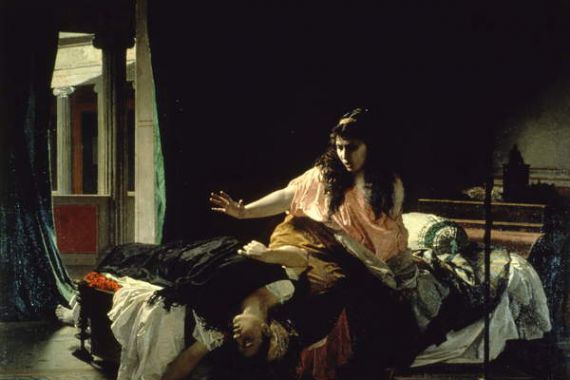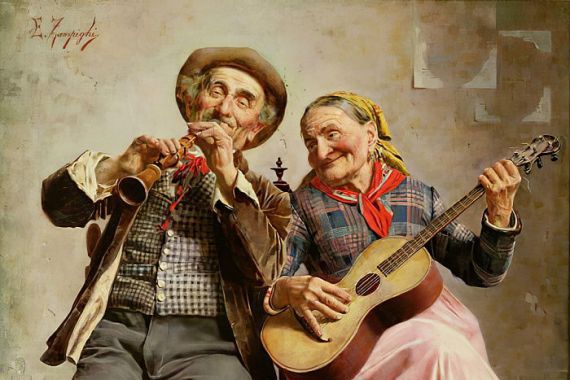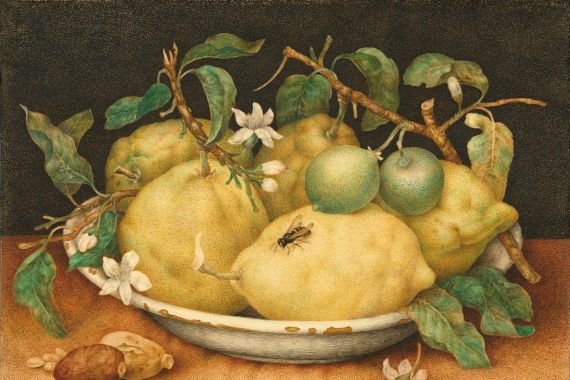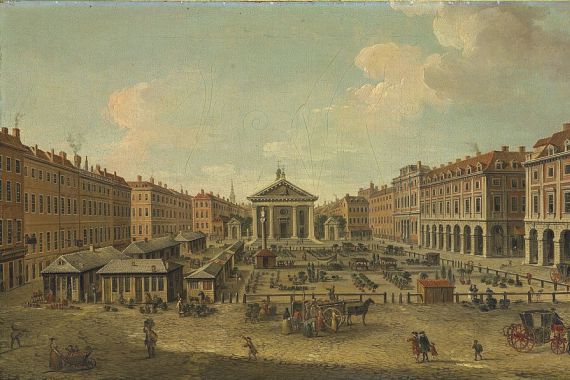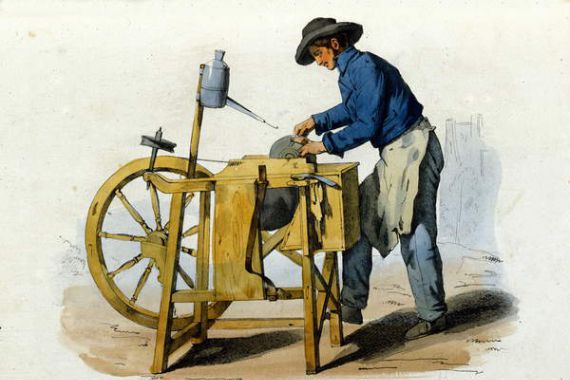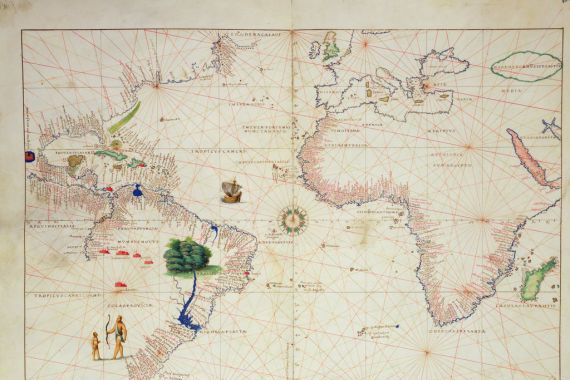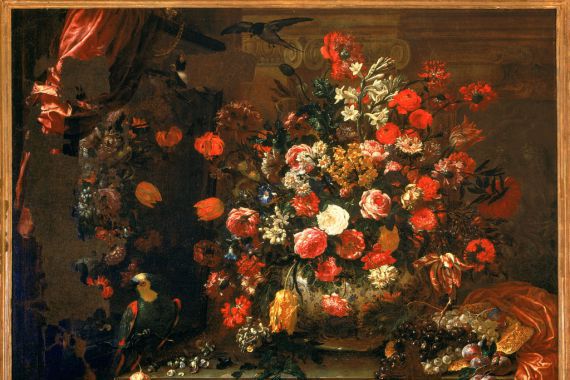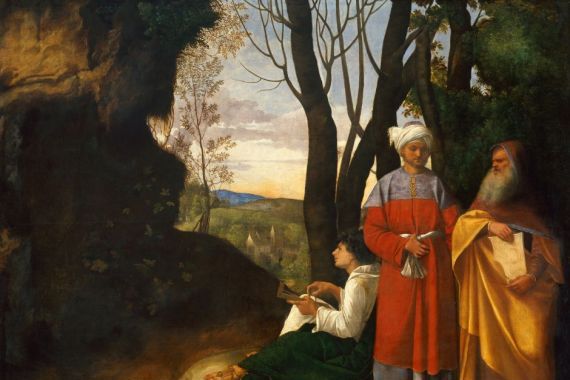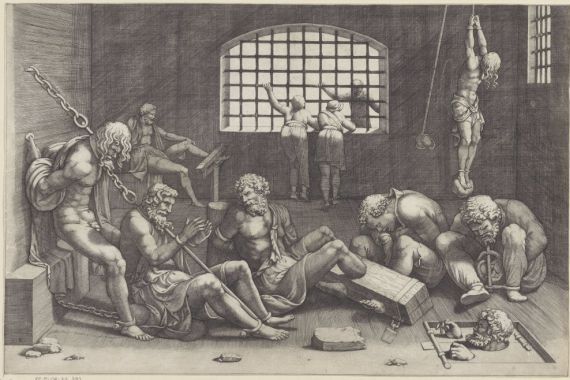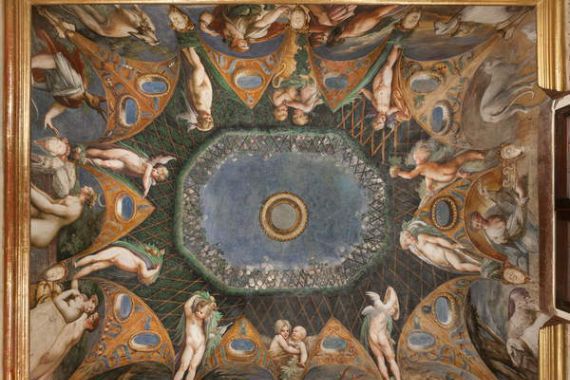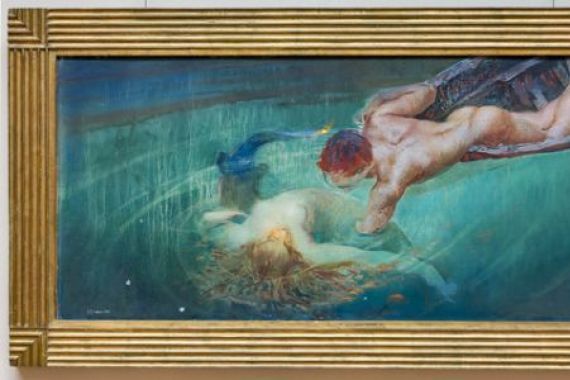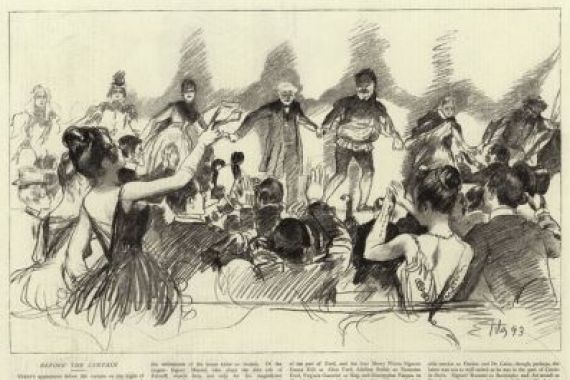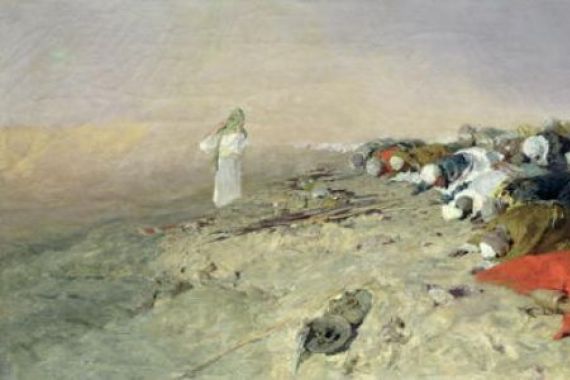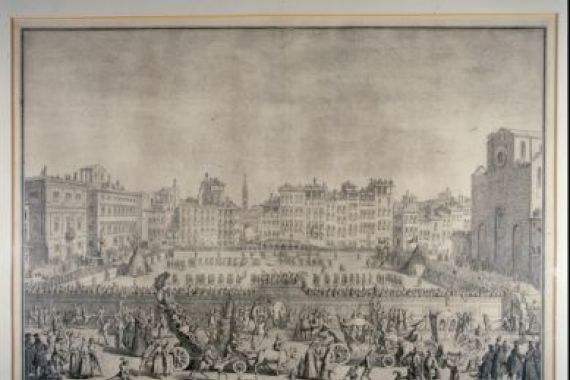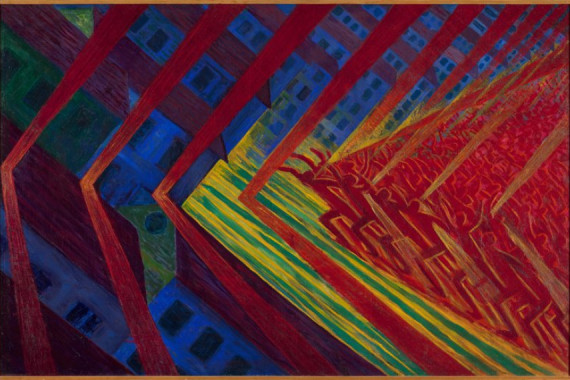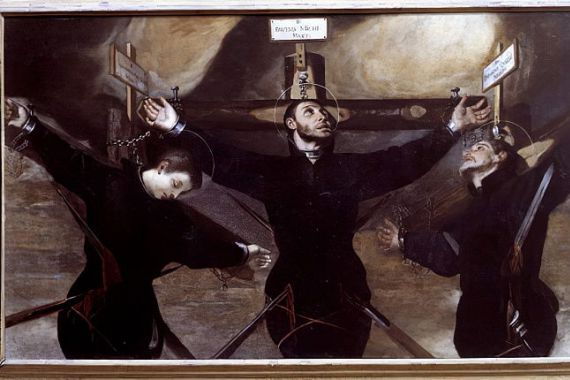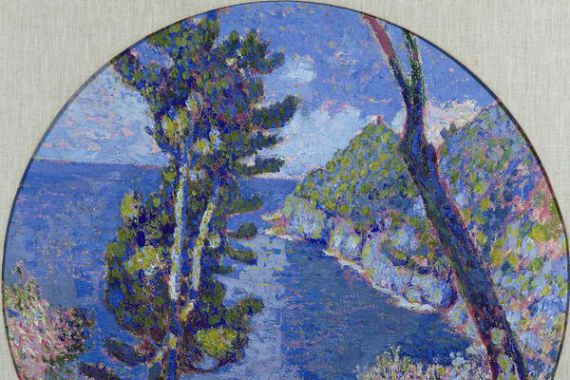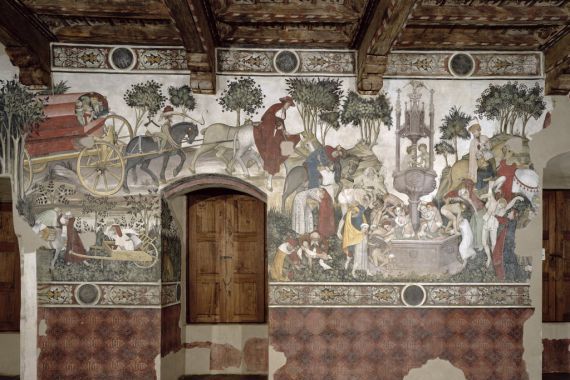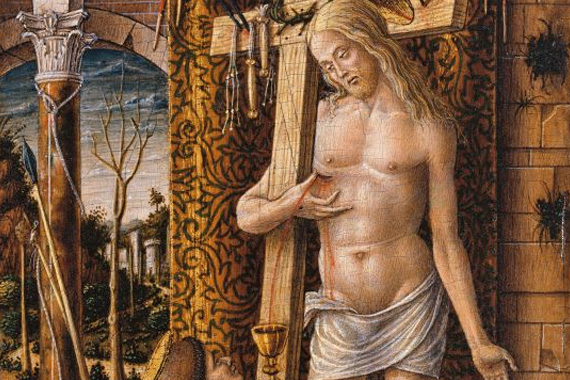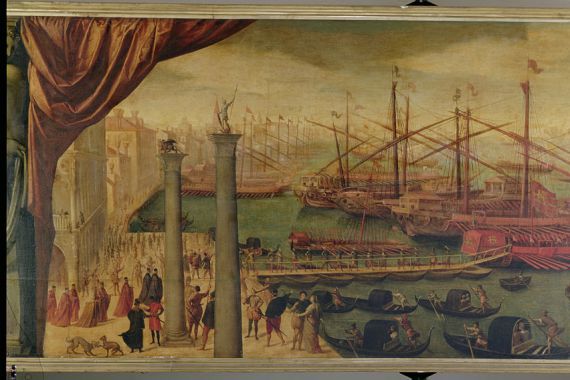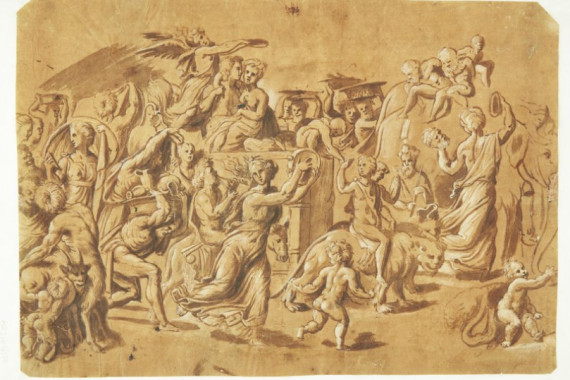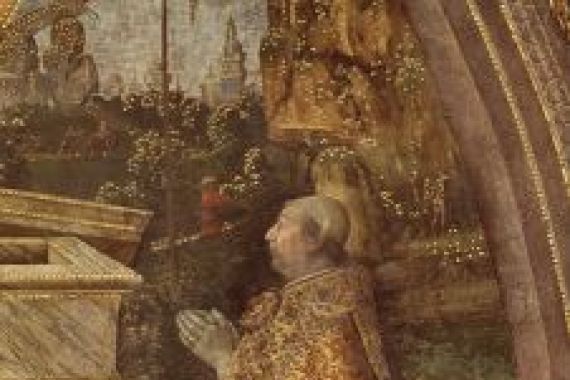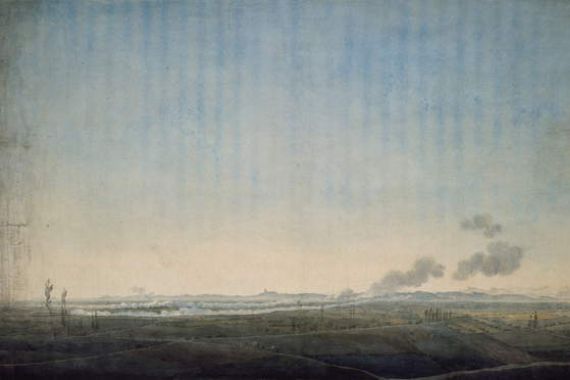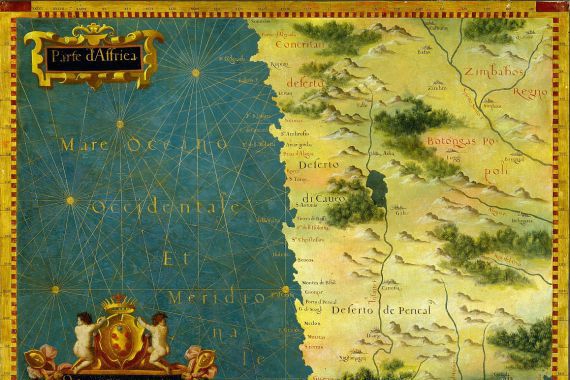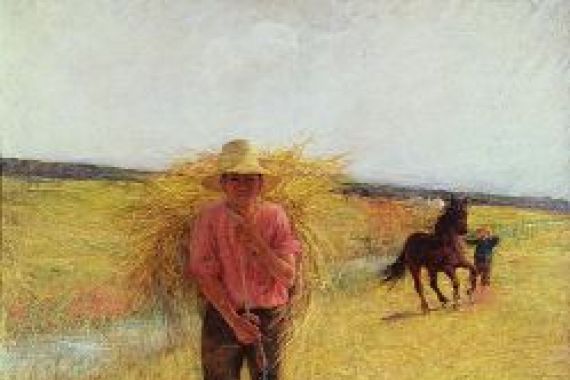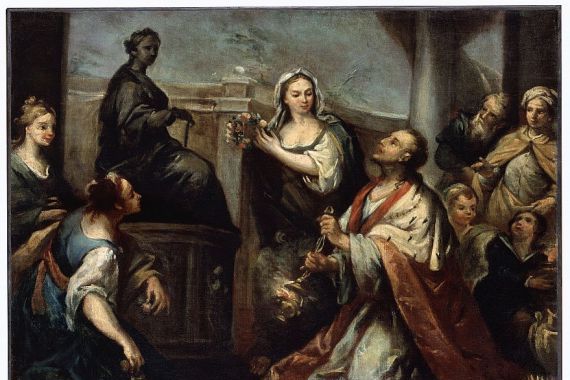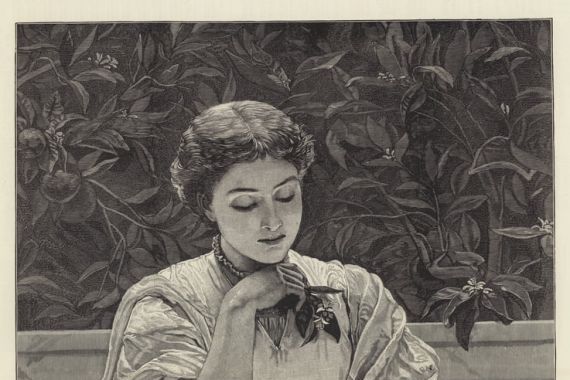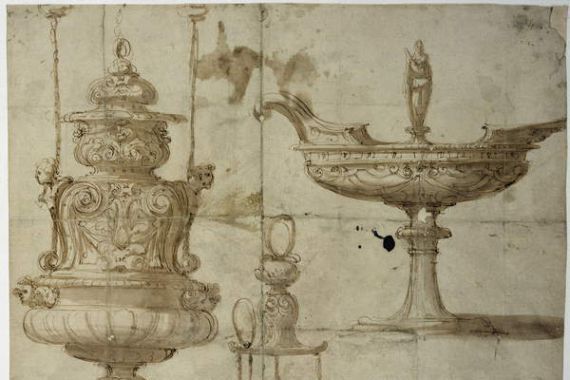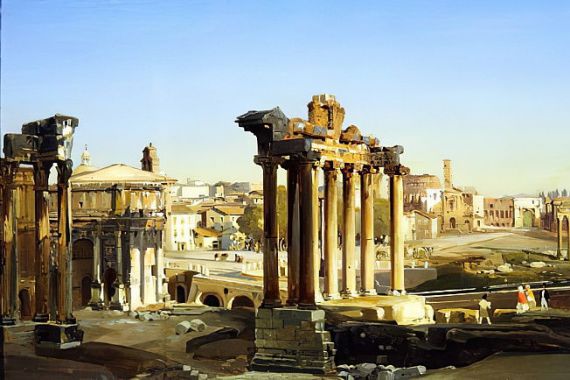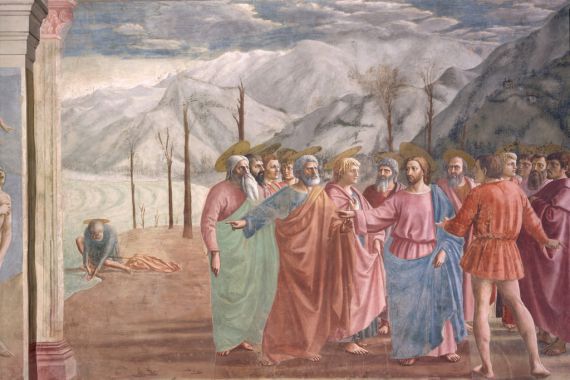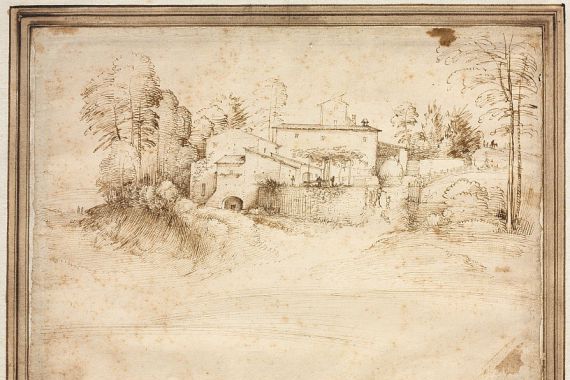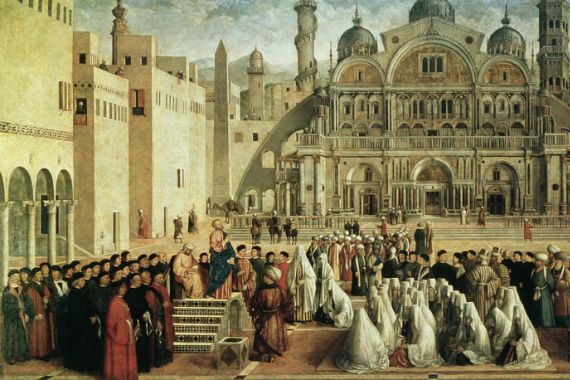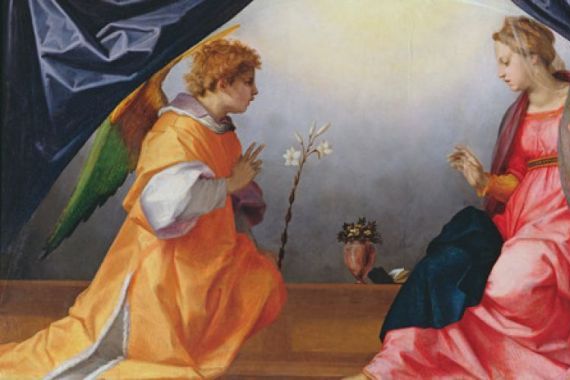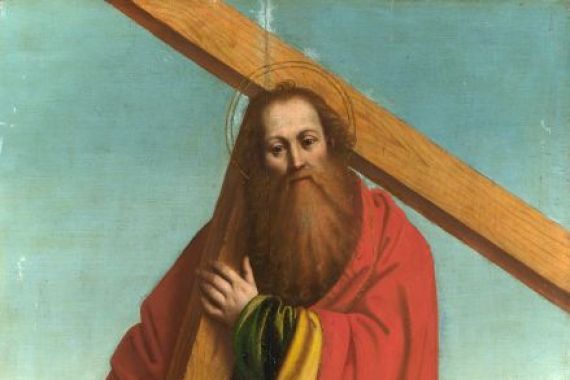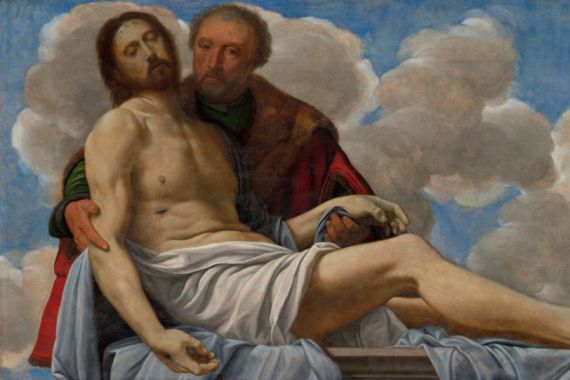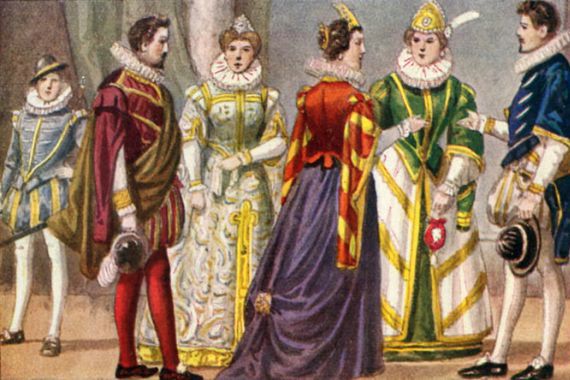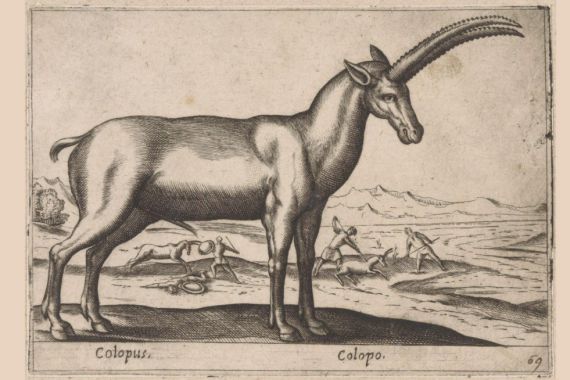A ray of sunlight falling through the window of a Venetian studio hits a canvas on which the light refracts in a thousand nuances - this is often how the story of Italian painting begins. For centuries, Italian artists have been inspired by the richness of their landscapes, the play of light and shadow, the drama of everyday life and the longing for beauty. But Italy's art is far more than just a reflection of nature or religion: it is a field of experimentation for visions, a place where tradition and innovation meet again and again and sparks fly.
Imagine you are standing in front of a painting by Caravaggio: the black is so deep that it almost threatens to swallow you up, while the light illuminates the scene like a flash of lightning. Caravaggio's revolutionary use of chiaroscuro, his ruthless realism, not only shocked his contemporaries, but also influenced generations of artists worldwide. But while Caravaggio brought the drama of life to the canvas, another, like Raphael, sought harmony and grace, an ideal world in which everything is in balance. Italian painting is a kaleidoscope of contrasts: Here, the delicate, almost translucent Madonnas of Fra Angelico meet the expressive, almost wild explosions of colour of Tintoretto. And while the Renaissance wanted to survey the world anew with its clarity and order, the artists of the Baroque ventured into the abysses of human emotions.
But Italy's art history does not end in the golden splendour of the past. In the 20th century, when the world was changing at a breathtaking pace, Italian artists such as Giorgio de Chirico took to canvas to capture the uncertainty of modernity. His metaphysical cities, deserted and full of enigmatic shadows, seem like dreamscapes in which time stands still. The Futurists, on the other hand, led by Umberto Boccioni, wanted to visualise the speed, noise and energy of the new age - their paintings literally vibrate with movement. And then there is photography: Italian artists discovered the medium for themselves early on, such as Luigi Ghirri, whose poetic colour photographs bathed the everyday in a new light and gave the Italian provinces an almost magical aura.
What makes Italian art so unique is its inexhaustible wealth of moods, techniques and perspectives. From the fine lines of a Leonardo drawing to the vibrant colours of a Morandi still life, from the experimental collages of Arte Povera to the subtle watercolours of modern women artists: Time and again, Italian painters, draughtsmen and photographers succeed in making the invisible visible - be it the melancholy of an empty square, the heat of a summer afternoon or the longing for a better world. Anyone who engages with this art will not only feel the history of Italy, but also the power of the images, which continues to have an effect today. For lovers of art prints, a cosmos full of inspiration opens up here, in which each work tells a new story - and in which the Italian passion for beauty and truth is constantly rekindled.
A ray of sunlight falling through the window of a Venetian studio hits a canvas on which the light refracts in a thousand nuances - this is often how the story of Italian painting begins. For centuries, Italian artists have been inspired by the richness of their landscapes, the play of light and shadow, the drama of everyday life and the longing for beauty. But Italy's art is far more than just a reflection of nature or religion: it is a field of experimentation for visions, a place where tradition and innovation meet again and again and sparks fly.
Imagine you are standing in front of a painting by Caravaggio: the black is so deep that it almost threatens to swallow you up, while the light illuminates the scene like a flash of lightning. Caravaggio's revolutionary use of chiaroscuro, his ruthless realism, not only shocked his contemporaries, but also influenced generations of artists worldwide. But while Caravaggio brought the drama of life to the canvas, another, like Raphael, sought harmony and grace, an ideal world in which everything is in balance. Italian painting is a kaleidoscope of contrasts: Here, the delicate, almost translucent Madonnas of Fra Angelico meet the expressive, almost wild explosions of colour of Tintoretto. And while the Renaissance wanted to survey the world anew with its clarity and order, the artists of the Baroque ventured into the abysses of human emotions.
But Italy's art history does not end in the golden splendour of the past. In the 20th century, when the world was changing at a breathtaking pace, Italian artists such as Giorgio de Chirico took to canvas to capture the uncertainty of modernity. His metaphysical cities, deserted and full of enigmatic shadows, seem like dreamscapes in which time stands still. The Futurists, on the other hand, led by Umberto Boccioni, wanted to visualise the speed, noise and energy of the new age - their paintings literally vibrate with movement. And then there is photography: Italian artists discovered the medium for themselves early on, such as Luigi Ghirri, whose poetic colour photographs bathed the everyday in a new light and gave the Italian provinces an almost magical aura.
What makes Italian art so unique is its inexhaustible wealth of moods, techniques and perspectives. From the fine lines of a Leonardo drawing to the vibrant colours of a Morandi still life, from the experimental collages of Arte Povera to the subtle watercolours of modern women artists: Time and again, Italian painters, draughtsmen and photographers succeed in making the invisible visible - be it the melancholy of an empty square, the heat of a summer afternoon or the longing for a better world. Anyone who engages with this art will not only feel the history of Italy, but also the power of the images, which continues to have an effect today. For lovers of art prints, a cosmos full of inspiration opens up here, in which each work tells a new story - and in which the Italian passion for beauty and truth is constantly rekindled.
×




